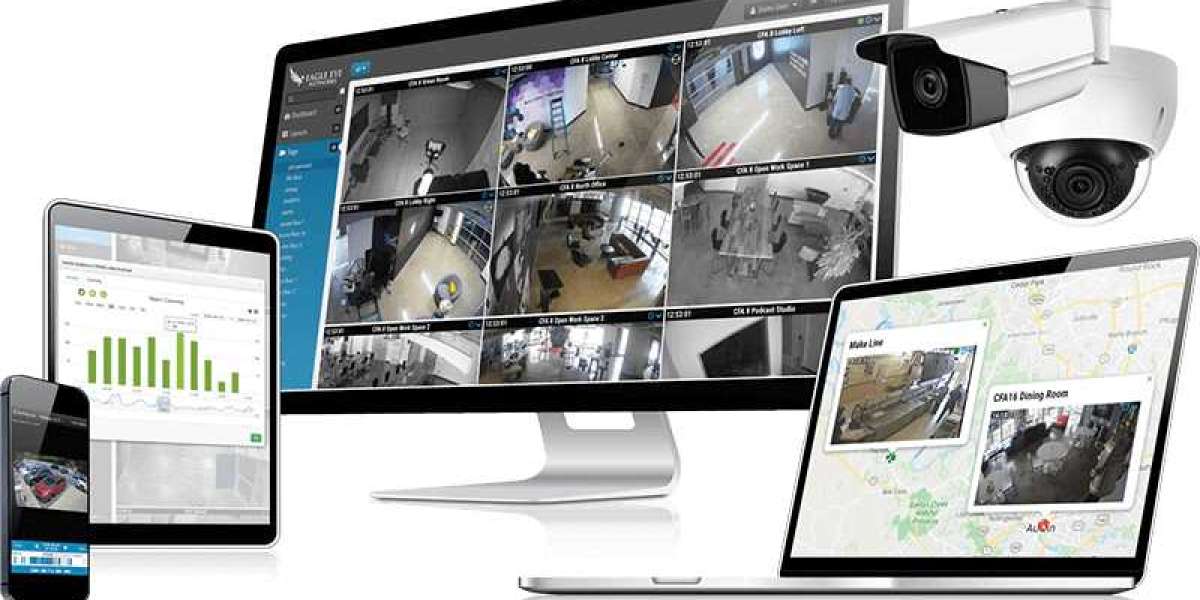People counting systems are essential tools used in various environments to monitor and analyze foot traffic. These systems are increasingly employed in retail stores, office buildings, transportation hubs, and public venues to gain valuable insights into visitor patterns, optimize resource allocation, and enhance overall operational efficiency. Here’s a comprehensive guide to understanding people counting systems, their benefits, features, and applications.
- What is a People Counting System?
A people counting system is a technology designed to track and count the number of individuals entering or exiting a specific area. These systems use various sensors and technologies to capture data, which is then analyzed to provide insights into foot traffic patterns. People counting systems can range from simple manual counters to sophisticated automated solutions employing advanced sensors and software.
- Key Benefits of People Counting Systems
Operational Efficiency: By providing accurate data on visitor numbers, people counting systems help organizations optimize staffing levels and manage resources more effectively. For example, retailers can adjust staff schedules based on peak times, while facility managers can ensure that areas are appropriately staffed and maintained.
Enhanced Customer Experience: Understanding foot traffic patterns allows businesses to improve the customer experience. Retailers can manage store layouts and promotions more effectively, ensuring that customers have a pleasant shopping experience.
Data-Driven Decision Making: People counting systems generate valuable data that can be used for strategic planning and decision-making. Organizations can analyze trends, monitor peak times, and evaluate the effectiveness of marketing campaigns and operational changes.
Security and Safety: In public spaces, people counting systems contribute to safety and security by monitoring crowd sizes and detecting potential overcrowding issues. This information is crucial for managing emergency situations and ensuring compliance with safety regulations.
Cost Savings: By optimizing resource allocation and staffing, people counting systems can lead to significant cost savings. Accurate data helps organizations avoid overstaffing or understaffing, reducing operational expenses.
- Types of People Counting Systems
Infrared Sensors: Infrared people counters use beams of light to detect when individuals pass through a designated area. These systems are simple and cost-effective but may have limitations in accuracy, especially in environments with high traffic or varying light conditions.
Video-Based Systems: Video-based people counting systems use cameras and image processing algorithms to count people. These systems offer high accuracy and can provide additional data such as demographic information and dwell times. They are suitable for environments where precision is critical.
Ultrasonic Sensors: Ultrasonic people counters use sound waves to detect movement and count individuals. These systems are effective in various lighting conditions and can be used in areas with complex layouts or high foot traffic.
RFID Systems: RFID (Radio Frequency Identification) systems use tags and readers to track individuals carrying RFID-enabled cards or devices. These systems provide precise data and can be used for access control and detailed tracking.
- Applications of People Counting Systems
Retail: Retailers use people counting systems to monitor foot traffic, evaluate store performance, and optimize staffing levels. Data from these systems helps in analyzing customer behavior and improving store layouts and promotions.
Public Transportation: Transit authorities use people counting systems to monitor passenger flow, manage vehicle schedules, and plan for infrastructure improvements. Accurate data helps in enhancing the efficiency of public transport services.
Commercial Buildings: In office buildings and commercial spaces, people counting systems help manage occupancy levels, optimize energy usage, and ensure compliance with safety regulations. Data can be used for facilities management and operational planning.
Events and Venues: Event organizers and venue managers use people counting systems to monitor crowd sizes, ensure safety, and analyze visitor patterns. This information is crucial for effective event management and planning.
- Choosing the Right People Counting System
Assess Your Needs: Consider the specific requirements of your environment, including the level of accuracy needed, the size of the area, and the budget available. Different systems offer varying features and capabilities.
Evaluate Features: Look for features such as real-time data reporting, integration with other systems, and the ability to handle different traffic patterns. Choose a system that aligns with your operational goals.
Consider Installation and Maintenance: Evaluate the ease of installation and ongoing maintenance requirements. Some systems may require specialized installation or regular calibration.
- Conclusion
People counting systems are valuable tools for gaining insights into foot traffic, optimizing operations, and enhancing customer experiences. By selecting the right system for your needs and leveraging the data it provides, organizations can make informed decisions, improve efficiency, and achieve cost savings. Whether in retail, public transportation, commercial buildings, or event venues, people counting systems play a crucial role in managing and analyzing visitor patterns effectively.
For more info. visit us:



